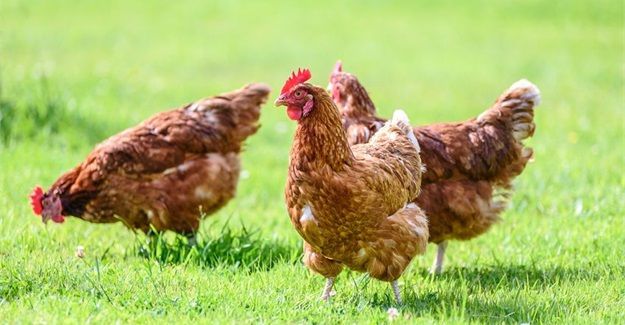
Subscribe & Follow
#AfricaMonth
In the news
Research shows SA remains efficient in global chicken production

The report, based on data from 2017, was released today by BFAP and places South Africa joint sixth (with Russia) out of 16 major chicken producing countries, similar to 2015.
The cost of producing a chicken in South African is between 10% and 20% lower than most EU countries, including the Netherlands, Germany, France, the UK, Italy, Spain and Denmark. The most cost-effective EU countries, Poland and Hungary, are still behind South Africa.
The countries with the lowest total production cost per kilogram of chicken remain Brazil and the United States, the two top chicken-producing countries in the world. Both countries are surplus producers of major feed grains and oilseed products. Also cheaper than South Africa are Ukraine, Argentina and Thailand.
Total production costs include primary costs such as feed, labour, housing and overheads, plus slaughter costs.
"The research has shown that, while South Africa still produces at a higher cost than leading exporters such as Brazil and the USA, our producers are able to hold their own against exporters such as Thailand and Argentina," said Tracy Davids of BFAP.
"South African production costs have dropped since the 2015 survey. The survey also shows that South African producers are becoming more efficient – for instance, they are producing more broiler chickens per worker, and the feed conversion rate (the amount of feed to produce a kilogram of chicken), as well as the average live weight per bird produced, has improved."
Input costs
The most important input cost is feed, and here South Africa is slightly above the average for the 16 countries, together with most of the EU. Turkey, Brazil, the US and Argentina have the lowest feed costs. It should be noted that, for the first quarter of 2017, South African feed costs were still very high with yellow maize trading at import parity levels due to the residual effects of the 2016 drought.
In the report, BFAP shows that chicken remains by far the most popular meat source for South African consumers, way ahead of beef, sheep and pork.
It also highlights the impact of imported chicken on the South African market.
Chicken accounts for 65% of South African meat production, the report says, and while consumption has expanded rapidly, production growth has stagnated in recent years. Two main factors contributed to the stagnation; first, the high feed costs through a period which encompassed multiple years of severe drought and second, the rising volume of chicken imports. Between 2000 and 2010, 14% of additional consumption was supplied by imports.
"Of the additional consumption that occurred between 2010 and 2017, 73% was imported and only 27% was produced domestically," noted BFAP.
Related
Avian influenza, rising costs weigh on SA poultry industry, Sapa says 29 Jan 2025 Pivot to profits: Revamping South Africa’s poultry sector 22 Nov 2024 Astral Foods forecasts growth as interest rates fall 18 Nov 2024 Astral Foods predicts profit as bird flu outbreak, power cuts subside 30 Oct 2024 WPF launches new training resources for safe chicken housing 10 Jul 2024








